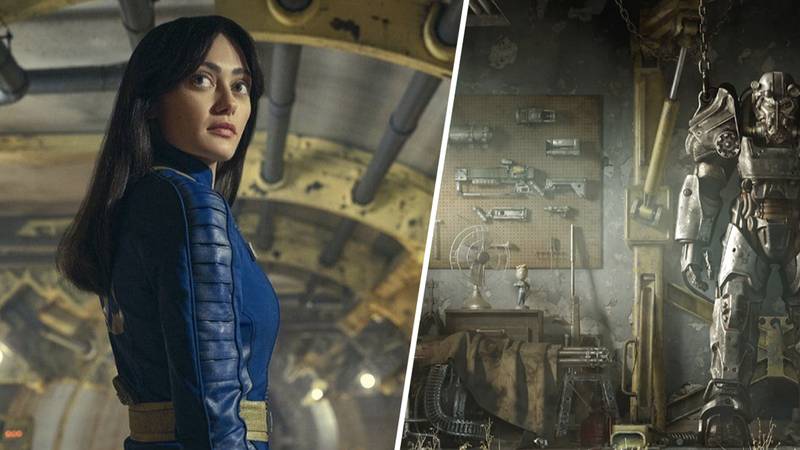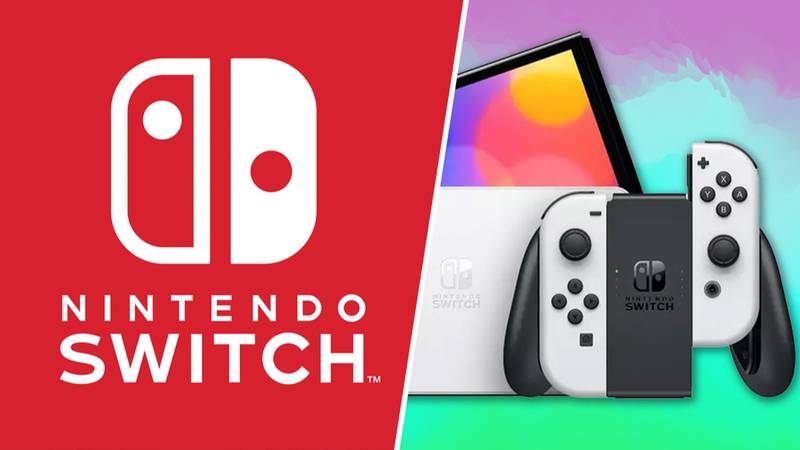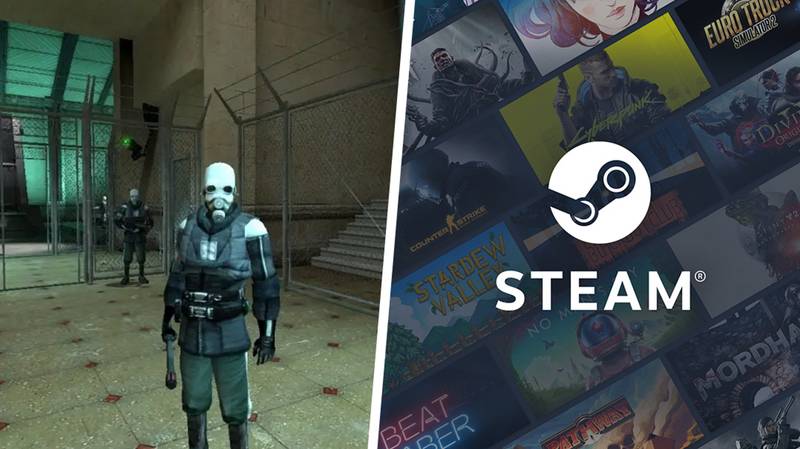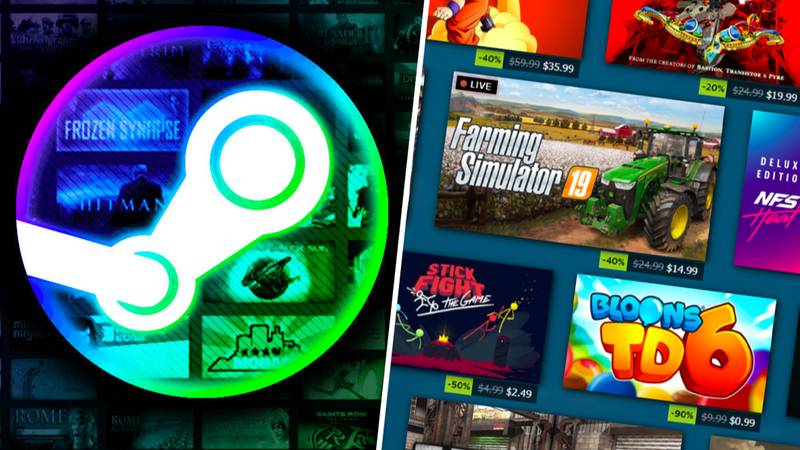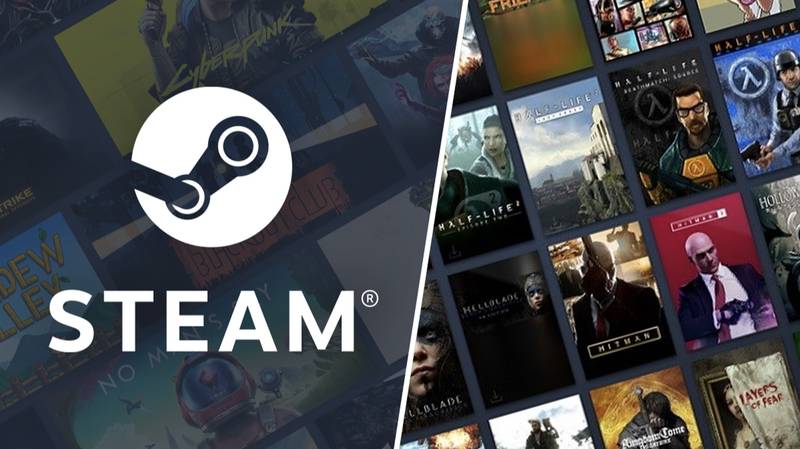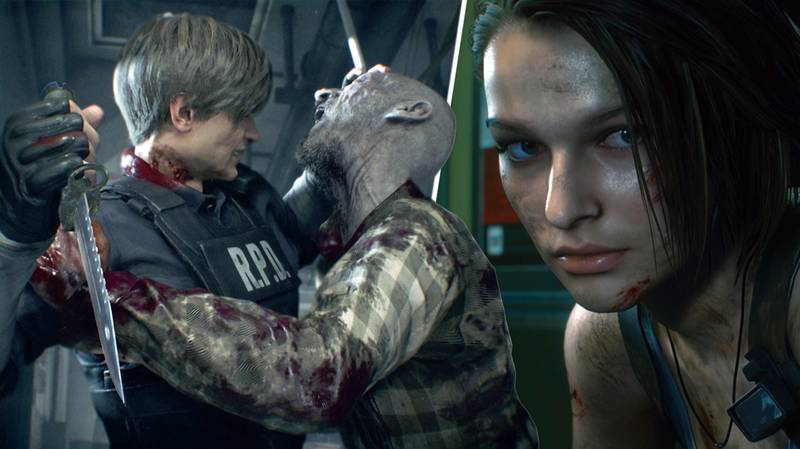Prophet Of DOOM: How John Romero Kickstarted A Killer Genre
Published
| Last updated
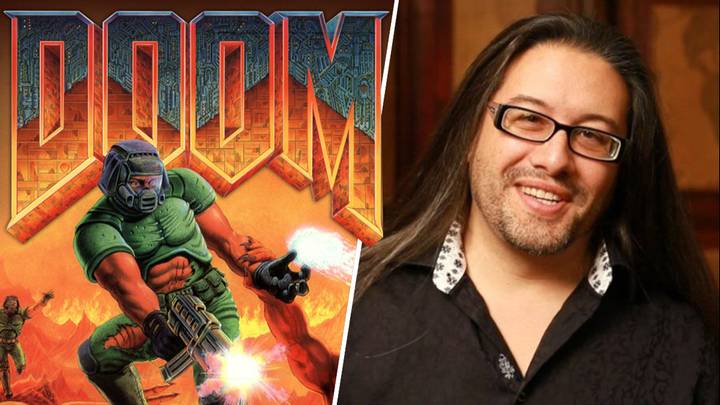
Featured Image Credit: Jason Scott/Creative Commons/Wikipedia, Bethesda Softworks, id Software
It’s the summer of 2018 and I’m sitting in a Brighton hotel room with John Romero. It’s okay, nothing shady’s going on - his wife Brenda, another supremely accomplished game developer, is here too. John is quiet and considered, a world away from the bombast and bloodshed of the game that made his name, and that of id Software: DOOM.
“When I first got into the industry, in 1987, the guy who hired me was 26 and I was 20, and he told me programmers burn out at 30,” John tells me. “He was like, ‘So, do whatever you can, now.’ Really? I’d been doing this since I was 11, and was having tonnes of fun, and at 20 I was ready to start kicking ass.”
Watch the trailer for the rereleased DOOM, DOOM II and DOOM 3, below…
Loading…
Fast-forward six years and Romero’s career, which has already taken in projects for Infocom and Softdisk Publishing - he started young, designing his first game as a teenager - kicks a whole new level of ass with a title that arrives in a torrent of hype, at least partly generated by its own makers. Long before DOOM is ready to be played, the small team at id Software - a studio co-founded by Romero alongside three other ex-Softdisk staffers: John Carmack, Adrian Carmack, and Tom Hall - put out a press release unlike any other. To pull just a snippet from it:
“Heralding another technical revolution in PC programming, id Software's DOOM promises to push back the boundaries of what was thought possible on a 386sx or better computer… Stationed at a scientific research facility, your days are filled with tedium and paperwork. Today is a bit different. Wave after wave of demonic creatures are spreading through the base, killing or possessing everyone in sight. As you stand knee-deep in the dead, your duty seems clear-you must eradicate the enemy and find out where they're coming from. When you find out the truth, your sense of reality may be shattered!”
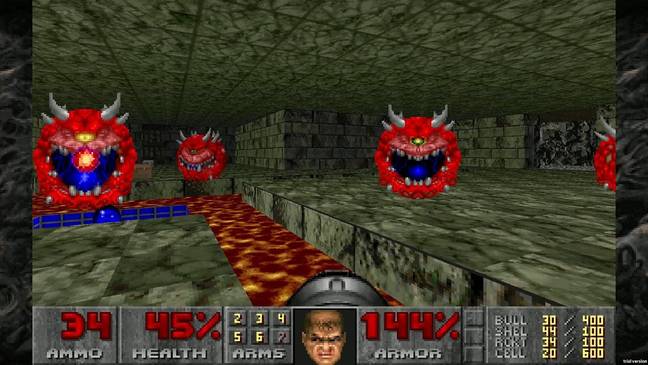
More notably, the press release - issued on January 1st 1993, when the game wouldn't release until mid-December - talked up a number of features that its makers didn’t even know they could pull off. Foremost amongst them was a “multiple player option” supporting “four players over a local network, or two players by modem or serial link.”
“I still remember the day multiplayer started just barely working in DOOM,” John Carmack told Kotaku in 2013. “I was strafing back and forth on one system and looking over my shoulder at the other computer, watching the marine sprite slide side to side in front of the other player's pistol. There was a consistency failure before the first frag was truly logged, but it was blindingly obvious that this was going to be awesome.”
---
“We knew, even then, that what we were going to put in the game was going to be better than anything that anyone was making at the time.”
---
“It was just crazy, especially as we had just started making the game,” Romero told PC Gamer in 2020, thinking back to the press release’s boasts, its claims that id Software weren’t certain of backing up. “But we knew, even then, that what we were going to put in the game was going to be better than anything that anyone was making at the time.”
Romero and the id Software team had already made a splash with 1992’s Wolfenstein 3D, a first-person shooter that did much to popularise the genre after so-so experiments with the perspective in titles like 1990’s Corporation by Core Design and Xanth Software F/X’s groundbreaking 1987 release MIDI Maze. Those older titles let you look down the barrel of a gun, sure, but they felt slow, stuttering, and compromised. In contrast, Wolfenstein 3D was fast, intuitive, and brutal. But it wasn’t enough.
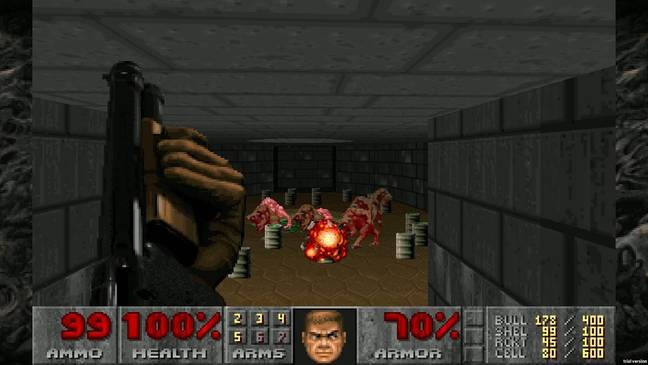
“After Wolfenstein, we had to make something that was even more out there,” Romero told Venturebeat in 2013, on DOOM’s 20th anniversary. “We had to one-up ourselves.” Speed was again on the menu, as Romero continued: “You’re going 50 miles an hour running or some craziness. But I don’t care what the calculation is. Does it feel good to me? That’s all I care about as a game player.”
That game feel is such an important aspect of DOOM’s success. Played today, a full 28 years after its debut, the original DOOM is breathtakingly brisk and buttery smooth. It’s still an incredible amount of fun - a streamlined, astonishingly pure strain of what FPS games have come to be, with no padding added. That DOOM gives you just a few tools and loads of opportunities to use them is a very different approach to games today which load up on guns to kill your friends and enemies alike with, but can easily overwhelm with loadouts and build choices.
---
“For DOOM, it was really important that every time you got a new weapon, it never made any previous weapons useless.”
---
“I would rather have fewer things with more meaning, than a million things you don’t identify with,” Romero told The Guardian in 2019, talking about modern FPS games. He continued: “For DOOM, it was really important that every time you got a new weapon, it never made any previous weapons useless. That was a critical design characteristic. We’re going to add a new thing that can’t negate anything that came before.”
That’s why, even though you pick up the shotgun early on in DOOM, it never becomes redundant the deeper you progress. Sure, the infamous BFG 9000 is a blast - but is it as much fun as rampaging through these halls with a chainsaw churning up the demonic ranks before you? For me, it never was. Instead, DOOM was close-quarter shotgun combat played out at hyper speed, and I still get a tremendous kick out of playing it today (most recently through its Switch port).
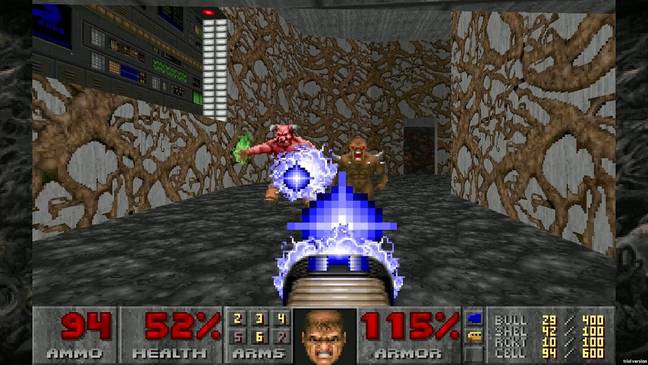
DOOM’s legacy is well established. Asked himself for his thoughts on what it helped to pave the way for, Romero told Venturebeat: “The first-person shooter genre. Video game violence. Multiplayer. Maybe esports. The game engine. Modifying games. The mod community.” All true. There’s also the small matter that Romero himself coined the term “deathmatch”: “We had to give names to things. I came up with ‘deathmatch’. What are we doing? We’re playing a match to the death. So that’s a cool word, a nice compound thing. I’m always combining words. It came naturally.”
He continued, in the same piece: "At the beginning of DOOM, we said, 'We need to make the greatest game that we could ever play.' Whatever we could imagine that would be the best thing we could play, we wanted to make that game." Mission, absolutely accomplished.
Back to that hotel room, Brighton, 2018. I’m asking Romero why he still does what he does. “Work is not making games. Making a game is always fun.” He may never top DOOM when it comes to genuine game-changers, but almost three decades on from the shooter that shook up the world, John Romero’s bright-eyed sparkle of “Okay, what’s next” creativity hasn’t dulled in the slightest. The man loves games, the gamers love this man, and long may that continue.
This piece is part of a series profiling influential game creators, true masters of style, and their key works. Read previous entries: Fumito Ueda (Shadow of the Colossus), Amy Hennig (Uncharted), Hideki Kamiya (Devil May Cry), Hideo Kojima (Metal Gear Solid), Roberta Williams (King’s Quest), Paul Cuisset (Flashback).
---
This editorial content is supported by Philips OneBlade. Philips is committed to providing products that fit into every individual's life, to suit every personality's idea of style. Every one of us is unique, and every one of us feels comfortable and confident in different ways - and the flexibility of Philips OneBlade ensures that anyone can express themselves in a way that's all about them. Find more information here.
Topics: Interview, Doom, Retro Gaming, Philips






